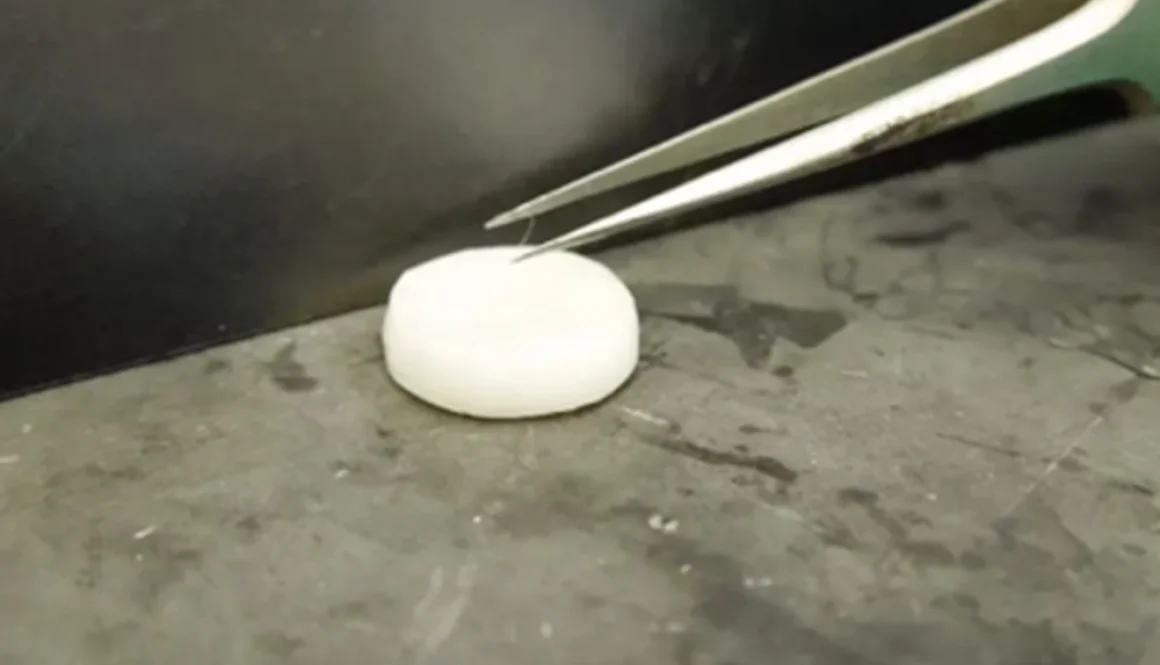Baldness breakthrough to grow new hair follicles
Baldness breakthrough to grow new hair follicles
An exciting breakthrough from Columbia University, researchers demonstrates a new way to grow human hair follicles using 3D printed molds. This is the first time human hair follicle cells have been grown completely in lab conditions, opening up a potentially unlimited source of hair follicles for future hair restoration surgical procedures.
Over the last few decades, hair transplantation surgery has rapidly evolved, becoming more sophisticated and successful, however, the process has still fundamentally relied on hair follicles being redistributed from one part of the body to another.
Growing human hair follicles in laboratory conditions have proved challenging for researchers, ultimately limiting the efficacy of hair restoration surgery, especially in patients without hair already present that can be grafted.

This new breakthrough brings together a couple of recent innovations.
First, the researchers created a unique plastic mold using 3D printers. The molds are designed to resemble a natural micro-environment stimulating hair follicle growth through tiny extensions just half a millimeter wide.
“Previous fabrication techniques have been unable to create such thin projections, so this work was greatly facilitated by innovations in 3D printing technology,” explains the first author on the study, Erbil Abaci.
The second innovation, demonstrated in the research showed a cocktail of novel growth factors found can effectively stimulate hair growth. After human skin was grown around the 3D-printed mold, the researchers seeded the device with hair follicle cells from volunteers. One of the key stimulating ingredients in the growth factor cocktail used by the researchers is a molecule designed to inhibit a pathway called JAK-STAT.
The prior study revealed this recently discovered pathway keeps hair stem cells dormant, and newly developed inhibitors can reawaken this dormant pathway, kickstarting hair follicle growth.
The overall process is claimed to be able to grow hair follicles at a rate that would ultimately allow for an unlimited supply of follicles, without the need for hair grafts from donors.
“What we’ve shown is that we can basically create a hair farm: a grid of hairs that are patterned correctly and engineered so they can be transplanted back into that same patient’s scalp,” says Angela Christiano, lead author on the research.
More work is needed to optimize and commercialize the process before it becomes clinically available, but the implications of the innovation are incredibly broad.
Not only will this development help men seeking solutions to their thinning hair, but the method will allow for more rapid clinical testing of hair growth drugs, using the system to engineer large volumes of human hair follicles for experiments. Christiano also suggests the innovation will help a large array of different patients needing hair restoration surgery.
“[The new method] expands the availability of hair restoration to all patients–including the 30 million women in the United States who experience hair thinning and young men whose hairlines are still receding,” says Christiano. “Hair restoration surgery would no longer be limited by the number of donor’s hairs.”
The JAK inhibitor research was published in the journal Cell Stem Cell.
The 3D-printed mold research was published in the journal Nature Communications.
